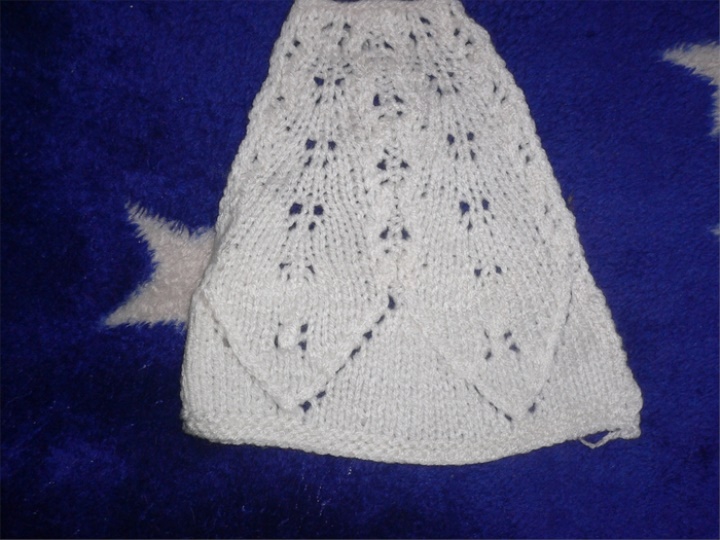Click For Crochet Abbreviations List
The loops are calculated through the stretching factor according to the description of Lenchik2 from Osinki. 1) Knit a pattern: Type 20 stocking loops! (on the front-face, and on the inside-out), knit rows of 10-15.
2) Measure the head circumference and neck circumference.
3) Now the calculation: Sample: for example, from 20 loops = 8 cm, we stretch the sample strongly and measure (it turned out = 12.5 cm). We calculate the stretching factor: Cr = 8 cm / 12.5 cm = 0.64
4) 56 cm (About the head ) * 0.64 = 36 cm we need (we need to add another 4 cm so that it can be easily removed and put on (it is always, for any size, you can add 5 instead of 4 cm). We need to get 40 cm (36 + 4) ). When stretching will be 62cm (40 / 0.64)).
5) Calculation of loops: 20pet = 8cm; we need 40cm * 20/8 = 100 loops and knit a rubber band ...
DIRECT HURED 100 loops, and do not be afraid that you will have to dress up ...
Spokes circular 3.0 mm
I use one more nuance when knitting the neck of the shirtfront:
Having finished knitting with an elastic band (in this case 2x2), I knit 4-6 rows of a hollow gum.
The beginning of the pattern consists of 8 loops. In the first front row for a hollow gum and add 4 more loops (104/8 = 13). I got 13 rappoports.

The scheme is given for odd (front) rows. Even (purl) are knitted by drawing.
In circular knitting facial over facial, purl over purl.
She finished the shirtfront with several rows of kerchief.
By the way, if you need to increase the number of rows of the pattern, you can see the original HERE .
True quality is not very good scheme, so I had to draw their site Knitting Bag